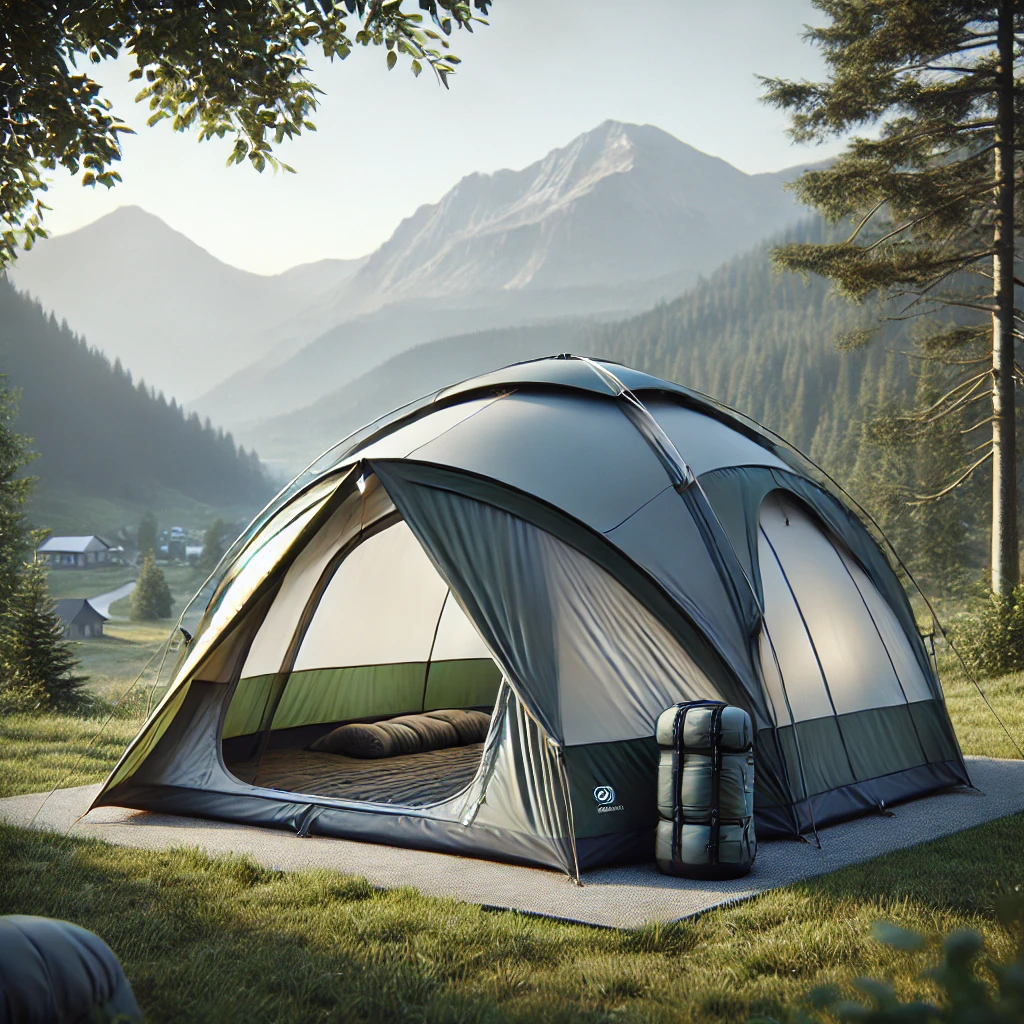When it comes to backpacking and camping, a reliable tent is one of the most critical pieces of gear you can invest in. Naturehike, a well-known outdoor equipment brand, offers two popular tents: the Naturehike Spider and the Naturehike Cloud Up. Both are designed for lightweight travel and durability, but they have distinct features that cater to different camping needs. This article compares these two models to help you decide which one suits you best.
Design and Structure
Naturehike Spider
The Spider tent features a unique semi-geodesic design, providing excellent stability and wind resistance. Its structure uses multiple crossing poles, which enhance its ability to withstand harsh weather conditions. The tent is freestanding, allowing for easy setup on various terrains without the immediate need for pegs.
Naturehike Cloud Up
The Cloud Up is designed with simplicity and weight reduction in mind. It utilizes a classic dome shape with a single or double pole system (depending on the model), making it quick to pitch. While it may not offer the same level of wind resistance as the Spider, it’s adequate for most 3-season camping scenarios.
Weight and Portability
Naturehike Spider
Weighing approximately 1.8 kg (4 lbs), the Spider is slightly heavier due to its robust pole system. However, this weight is still relatively low for a tent that offers enhanced stability and weather protection.
Naturehike Cloud Up
The Cloud Up is one of Naturehike’s lightest tents, with the 1-person model weighing around 1.2 kg (2.6 lbs) and the 2-person model about 1.5 kg (3.3 lbs). Its lightweight nature makes it an excellent choice for backpackers who prioritize reducing their pack load.
Space and Comfort
Naturehike Spider
The Spider provides ample internal space, thanks to its near-vertical walls and smart pole configuration. This design maximizes headroom and overall livability inside the tent, making it comfortable for extended stays.
Naturehike Cloud Up
While the Cloud Up is more compact, it efficiently utilizes space to provide sufficient room for campers. The tent comes in 1, 2, and 3-person models, allowing you to choose based on your space requirements.
Weather Resistance
Naturehike Spider
With its sturdy construction and full-coverage rainfly, the Spider excels in challenging weather conditions. It’s built to withstand strong winds and heavy rain, making it suitable for use in more demanding environments.
Naturehike Cloud Up
The Cloud Up offers reliable weather protection for typical camping conditions. Its rainfly and tent floor have a respectable waterproof rating, and the tent performs well in rain and moderate wind. However, it may not be the best choice for extreme weather scenarios.
Setup and Convenience
Naturehike Spider
The Spider’s semi-geodesic design means setup is a bit more involved but still manageable. The multiple poles need to be correctly assembled, which might take a few extra minutes but results in a sturdier shelter.
Naturehike Cloud Up
One of the Cloud Up’s strong points is its ease of setup. The straightforward pole system allows even novice campers to pitch the tent quickly, usually within a few minutes.
Price Point
Both tents are competitively priced, offering excellent value for their features. The Spider tends to be slightly more expensive due to its advanced design and materials, while the Cloud Up is more budget-friendly, appealing to those looking for quality on a tighter budget.
Conclusion
Your choice between the Naturehike Spider and the Cloud Up ultimately depends on your camping needs:
- Choose the Naturehike Spider if:
- You expect to camp in harsh or unpredictable weather conditions.
- Stability and durability are top priorities.
- You’re okay with carrying a bit more weight for added protection.
- Choose the Naturehike Cloud Up if:
- You prefer a lightweight tent for backpacking.
- Ease of setup is important to you.
- You’ll be camping in mild to moderate weather conditions.
Both tents uphold Naturehike’s reputation for quality and reliability. By considering the factors above, you can select the tent that will best enhance your outdoor adventures.
